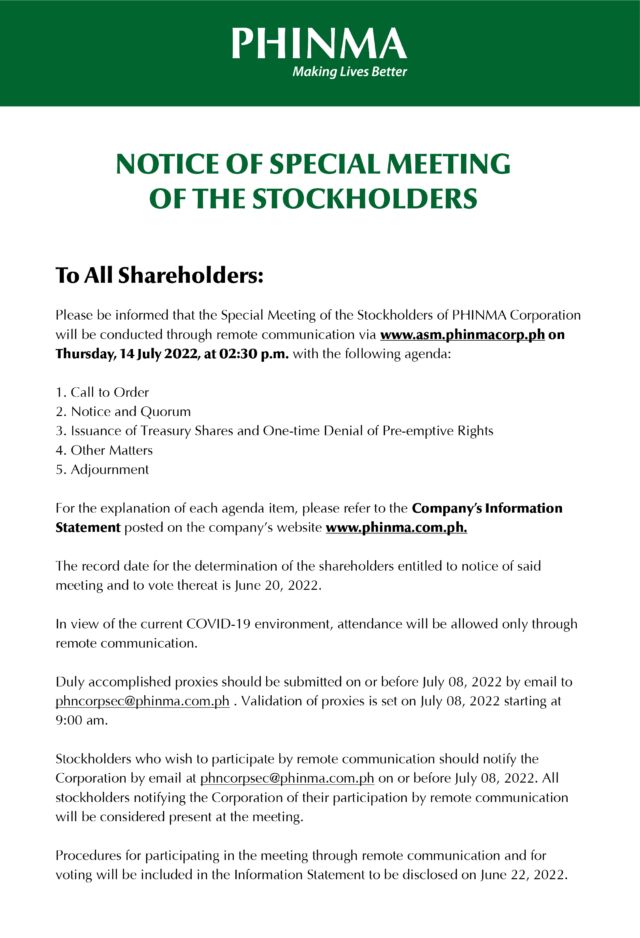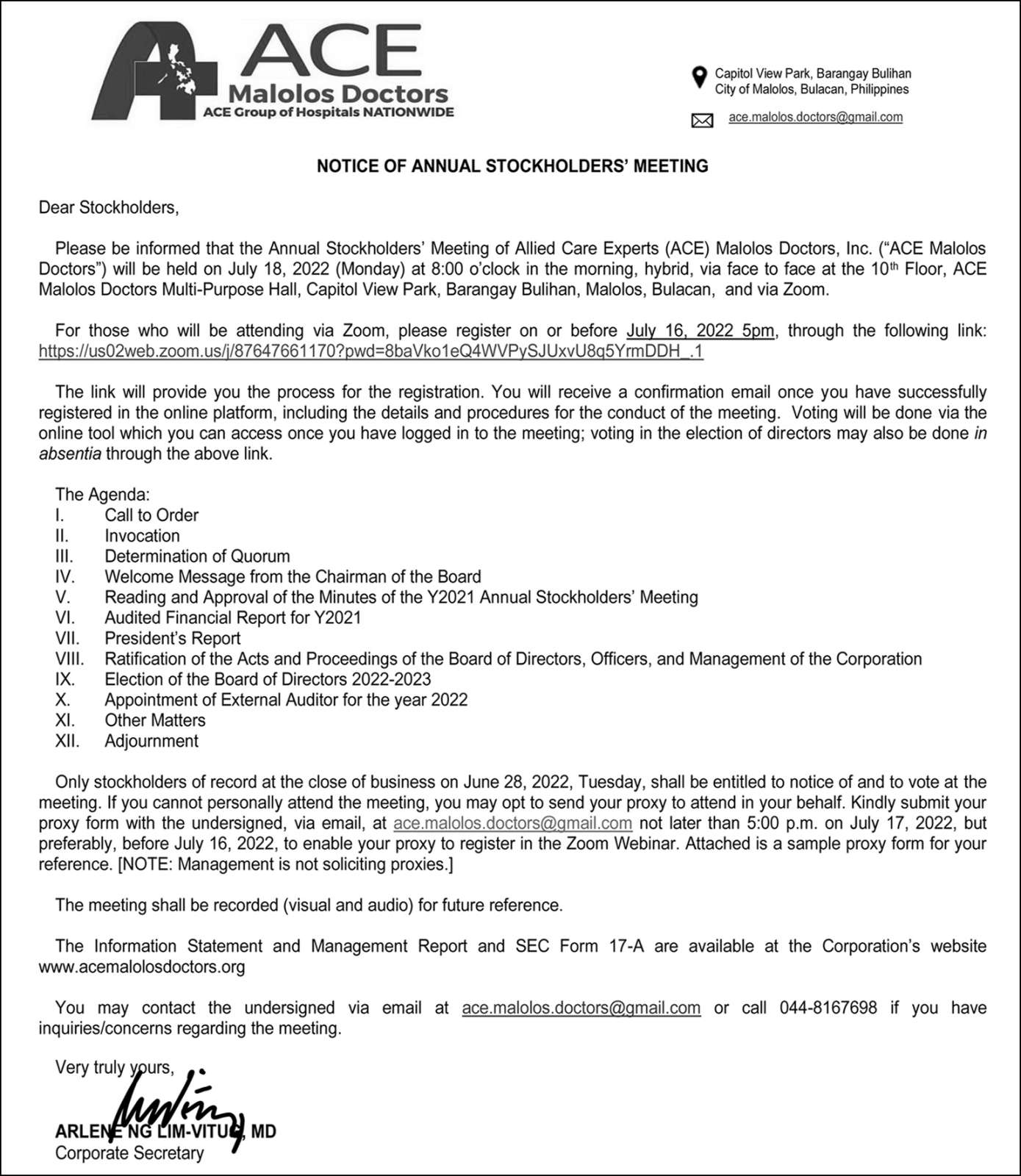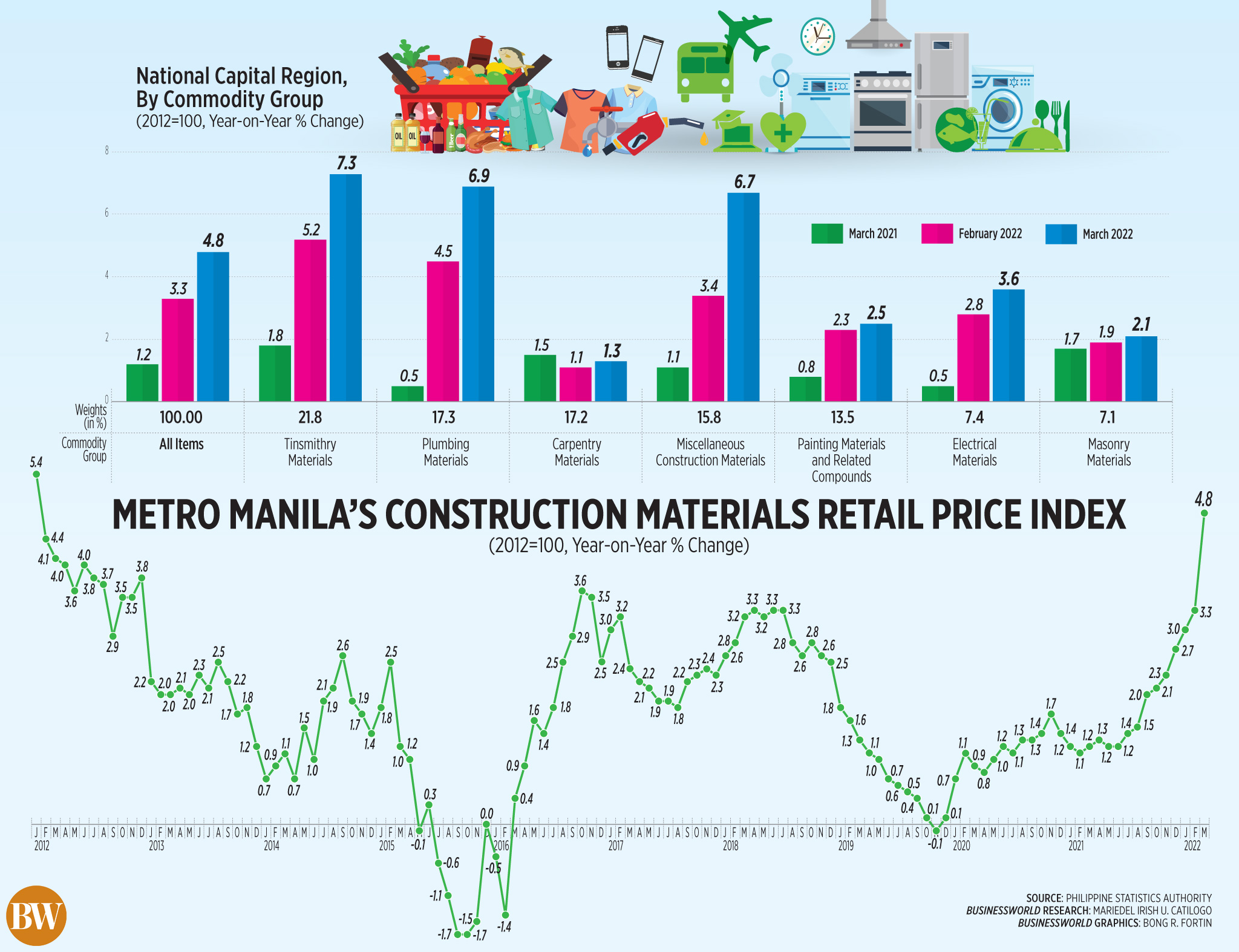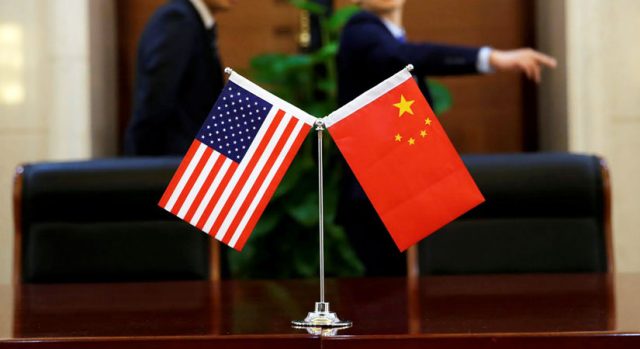Ukraine suffers major setback after the fall of Sievierodonetsk

KYIV/POKROVSK — Ukraine special forces remained in Sievierodonetsk directing artillery fire against Russian-backed troops, said an adviser to Ukraine’s president, after the city fell in a major setback for Kyiv as it struggles to keep control of the country’s east.
Ukrainian shelling on Saturday forced Russian troops to suspend the evacuation of people from a chemical plant in Sievierodonetsk, just hours after Moscow’s forces took the city, Tass news agency quoted local police as saying.
The fall of Sievierodonetsk, following weeks of some of the war’s bloodiest fighting, is the biggest defeat for Ukraine since it lost control of the southern port of Mariupol in May.
Ukraine called its retreat from the city a “tactical withdrawal” to fight from higher ground in Lysychansk on the opposite bank of the Siverskyi Donets river. Pro-Russian separatists said Moscow’s forces were now attacking Lysychansk.
The fall of Sievierodonetsk — once home to more than 100,000 people but now a wasteland — transforms the battlefield in the east after weeks in which Moscow’s huge advantage in firepower had yielded only slow gains.
Russia will now seek to press on and seize more ground on the opposite bank, while Ukraine will hope that the price Moscow paid to capture the ruins of the small city will leave Russia’s forces vulnerable to counterattack.
President Volodymyr Zelensky vowed in a video address that Ukraine would win back the cities it lost, including Sievierodonetsk. But acknowledging the war’s emotional toll, he said: “We don’t have a sense of how long it will last, how many more blows, losses and efforts will be needed before we see victory is on the horizon.”
Kyrylo Budanov, Ukraine’s military intelligence chief, told Reuters that Ukraine was carrying out “a tactical regrouping” by pulling its forces out of Sievierodonetsk.
“Russia is using the tactic … it used in Mariupol: wiping the city from the face of the earth,” he said. “Given the conditions, holding the defense in the ruins and open fields is no longer possible. So the Ukrainian forces are leaving for higher ground to continue the defense operations.”
Russia’s defense ministry said “as a result of successful offensive operations” Russian forces had established full control over Sievierodonetsk and the nearby town of Borivske.
Oleksiy Arestovych, senior adviser to Mr. Zelensky, said some Ukrainian special forces were still in Sievierodonetsk directing artillery fire against the Russians. But he made no mention of those forces putting up any direct resistance.
Russia’s Interfax news agency cited a representative of pro-Russian separatist fighters saying Russian and pro-Russian forces had entered Lysychansk across the river and were fighting in urban areas there.
MISSILES RAIN DOWN
Russia also launched missile strikes across Ukraine on Saturday. At least three people were killed and others may have been buried in rubble in the town of Sarny, some 185 miles (300 km) west of Kyiv, after rockets hit a carwash and a car repair facility, said the head of the local regional military administration.
Russia denies targeting civilians. Kyiv and the West say Russian forces have committed war crimes against civilians.
Russian missiles also struck elsewhere overnight. “48 cruise missiles. At night. Throughout whole Ukraine,” Ukrainian presidential adviser Mykhailo Podolyak said on Twitter. “Russia is still trying to intimidate Ukraine, cause panic.”
Ukraine’s top general Valeriy Zaluzhnyi wrote on the Telegram app that newly arrived, US-supplied advanced HIMARS rocket systems were now deployed and hitting targets in Russian-occupied parts of Ukraine.
Seeking to further tighten the screws on Russia, US President Joseph R. Biden and other Group of Seven (G7) leaders attending a summit in Germany starting on Sunday will agree on an import ban on new gold from Russia, a source familiar with the matter told Reuters.
Britain is ready to guarantee a further $525 million of World Bank loans to Ukraine later this year, taking total fiscal support this year to $1.5 billion, Prime Minister Boris Johnson said ahead of the G7 meeting.
“Ukraine can win and it will win. But they need our backing to do so. Now is not the time to give up on Ukraine,” Mr. Johnson said in a statement on Saturday.
‘IT WAS HORROR’
In the Ukrainian-held Donbas town of Pokrovsk, Elena, an elderly woman in a wheelchair from Lysychansk, was among dozens of evacuees who arrived by bus from frontline areas.
“Lysychansk, it was a horror, the last week. Yesterday we could not take it any more,” she said. “I already told my husband if I die, please bury me behind the house.”
Europe’s biggest land conflict since World War II has entered its fifth month, after Russian President Vladimir Putin sent tens of thousands of troops over the border on Feb. 24 and unleashed a conflict that has killed thousands and uprooted millions. It has also stoked an energy and food crisis that is shaking the global economy.
Since Russia’s forces were defeated in an assault on the capital Kyiv in March, it has shifted focus to the Donbas, an eastern territory made up of Luhansk and Donetsk provinces. Sievierodonetsk and Lysychansk were the last major Ukrainian bastions in Luhansk.
Moscow says Luhansk and Donetsk, where it has backed uprisings since 2014, are independent countries. It demands Ukraine cede the entire territory of the two provinces to separatist administrations. — Reuters











